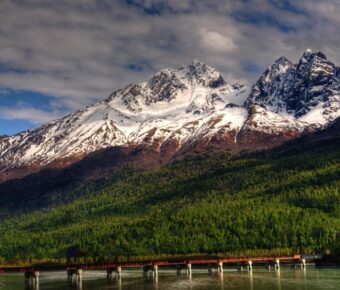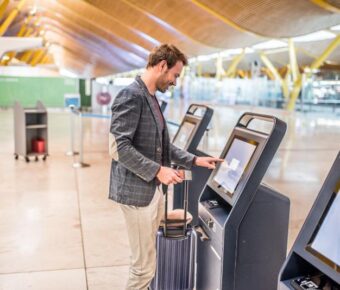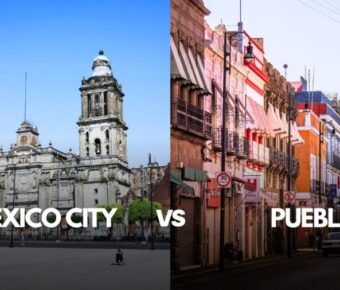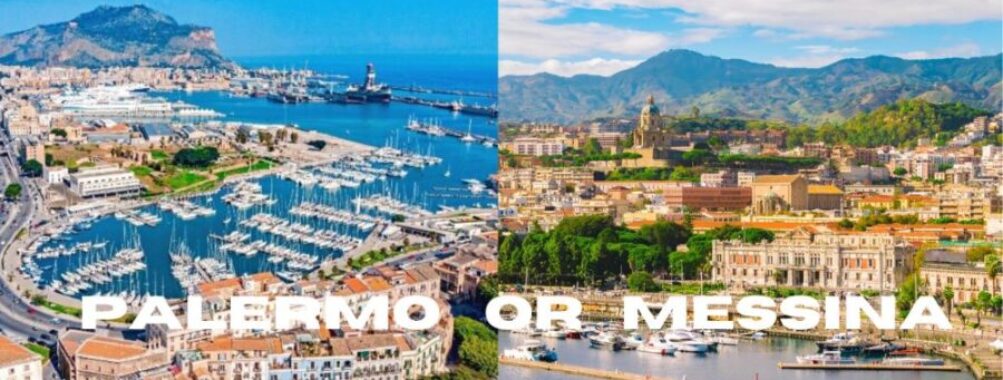
Palermo vs Messina: Ultimate Guide to Sicily’s Ancient Rival Cities in 2025
Sicily’s enchanting coastal cities of Palermo and Messina each offer distinct experiences for travelers. Most visitors prefer Palermo, with its rich cultural heritage, stunning architecture, and world-famous street food scene making it an ideal destination for a 3-4 day stay.
The capital city Palermo dazzles with its Norman palaces, bustling markets, and Arab-influenced cuisine. Its vibrant energy and historic sites create an authentic Sicilian atmosphere that’s hard to resist. A visit to any of the city’s charming neighborhoods reveals hidden gems around every corner.
Messina serves as a major transportation hub and features fewer tourist attractions than Palermo. The city receives less rainfall and enjoys similar sunshine hours to Palermo during spring months. While Messina has its own unique charm, including a famous astronomical clock and beautiful churches, most travelers can explore its highlights in a single day before heading to other Sicilian destinations.
Contents
- Historical Context
- Ancient Roots
- Medieval Legacies
- Modern Era Developments
- Economic Comparison
- Industrial and Commercial Profiles
- Employment and Income Statistics
- Cost of Living Analysis
- Cultural Insights
- Culinary Traditions
- Festivals and Events
- Artistic Contributions
- Transportation Infrastructure
- Local and Regional Connectivity
- Direct Bus Service Between Palermo and Messina
- Sports Rivalry
- Football Clubs and Fan Bases
- Stadiums and Facilities
- Media and Entertainment
- Broadcasting and Local Channels
- Film and Television Productions
- What are the top cultural experiences to look forward to in Palermo?
- How do the culinary traditions of Messina differ from those in Palermo?
- Which of the two cities, Palermo or Messina, offers a more authentic Sicilian atmosphere?
- In terms of accessibility and public transport, how do Palermo and Messina compare?
- More Travel Guides
Historical Context
Both Palermo and Messina played crucial roles in shaping Sicily’s rich history, from ancient Greek settlements to Norman conquests and beyond. These coastal cities grew into major Mediterranean powers that left lasting marks on art, architecture, and culture.
Ancient Roots

Greek colonists founded Messina as Zancle around 730 BC. The city’s natural harbor made it a vital trading post between mainland Italy and Sicily. The Romans later renamed it Messana and used it as their first foothold on the island.
Palermo started as a Phoenician colony called Ziz in the 8th century BC. The Greeks named it Panormus, meaning “all-port,” thanks to its excellent natural harbor. Under Roman rule, the city became a key administrative center.
Both cities thrived through ancient times due to their strategic locations. Messina controlled the vital strait between Sicily and Italy. Palermo’s protected bay made it perfect for trade with North Africa.
Medieval Legacies
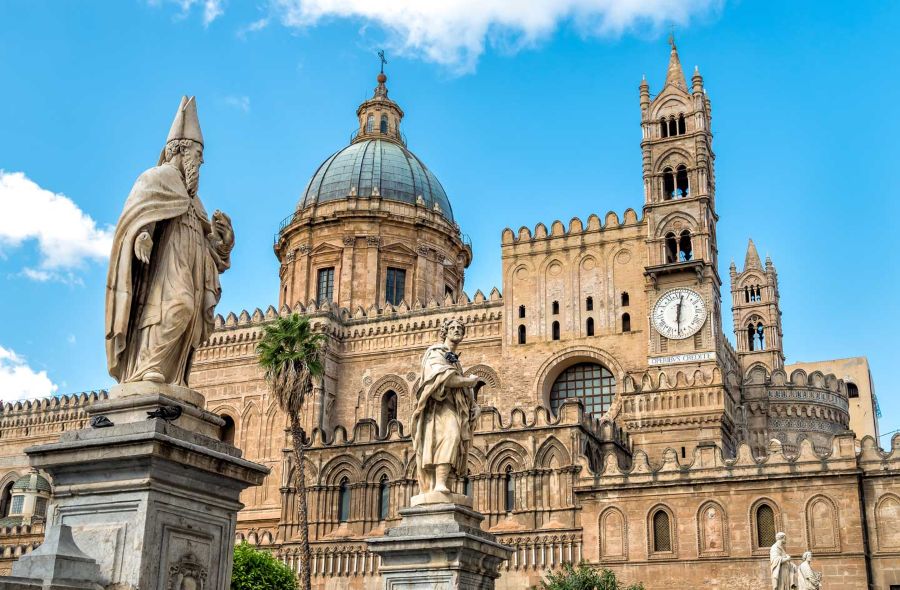
The Norman conquest of Sicily in 1061 transformed both cities. They entered through Messina first, using it as a base to capture other cities. Palermo became their chosen capital and grew into one of Europe’s grandest cities.
The Normans built stunning architecture in both places. Palermo’s Cathedral showed off their power through a mix of Norman, Arabic, and Byzantine styles. Messina’s Chiesa SS. Annunziata dei Catalani displayed similar cultural fusion.
Trade boomed during this era. Messina’s port linked Sicily to the eastern Mediterranean. Palermo’s markets buzzed with merchants from Africa and Europe.
Modern Era Developments
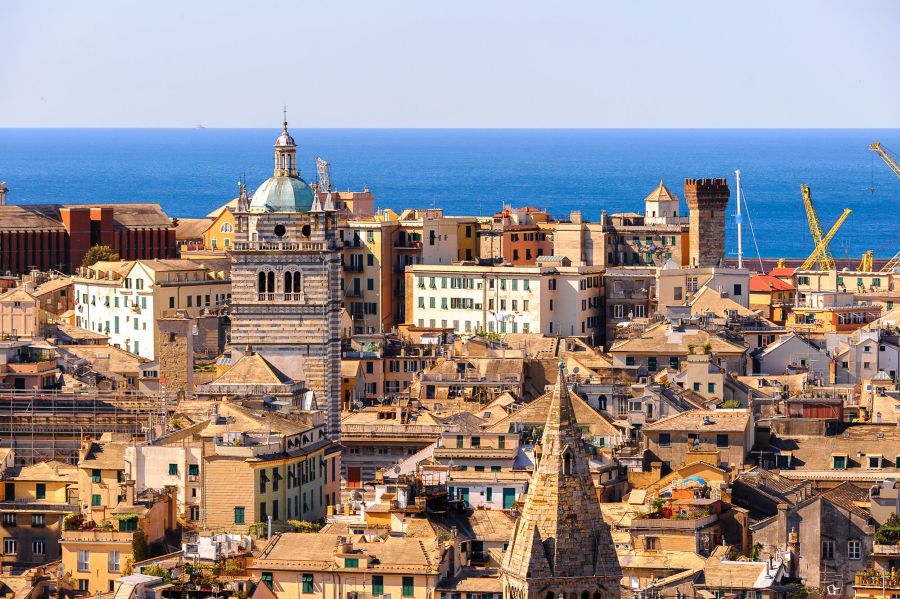
The 1908 earthquake devastated Messina, destroying most of its historic buildings. The city rebuilt in a more modern style, though some medieval structures survived.
Palermo kept more of its historic character but faced its own challenges. World War II bombing damaged many landmarks. The city’s fight against organized crime in the late 20th century led to urban renewal.
Today, both cities serve as major ports and cultural centers. Palermo remains Sicily’s capital and largest city. Messina continues its historic role as a key gateway between Sicily and mainland Italy.
Economic Comparison
Both Palermo and Messina play vital roles in Sicily’s economy, with distinct economic strengths and challenges. The cost of living varies between these coastal cities, while job markets and industries show notable differences.
Industrial and Commercial Profiles
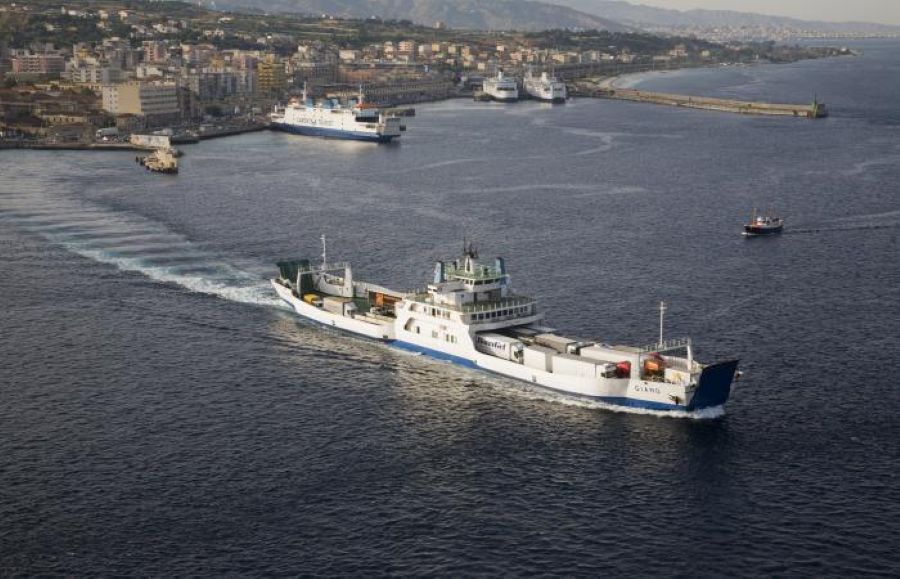
Palermo serves as Sicily’s main commercial hub with a diverse economic base. The city’s port handles significant cargo traffic and cruise ships, supporting thousands of jobs in maritime industries.
Messina’s economy centers around its strategic location at the Strait of Messina. The city’s port specializes in ferry services to mainland Italy, making it a crucial transport link.
Both cities have growing tourism sectors. Palermo attracts more international visitors, while Messina sees many day-trippers from cruise ships.
Manufacturing remains modest in both cities. Palermo hosts food processing plants and small industrial zones. Messina focuses more on shipbuilding and repair services.
Employment and Income Statistics

The job market in Palermo offers more opportunities in service industries and public administration. The city employs about 250,000 people across various sectors.
Messina has a smaller but more stable job market. The unemployment rate sits at 15%, lower than Palermo’s 18%.
Average monthly salaries in Messina reach €1,400, about 20% higher than Palermo. This difference reflects the stronger purchasing power in Messina.
Public sector employment makes up 35% of jobs in Palermo and 30% in Messina.
Cost of Living Analysis
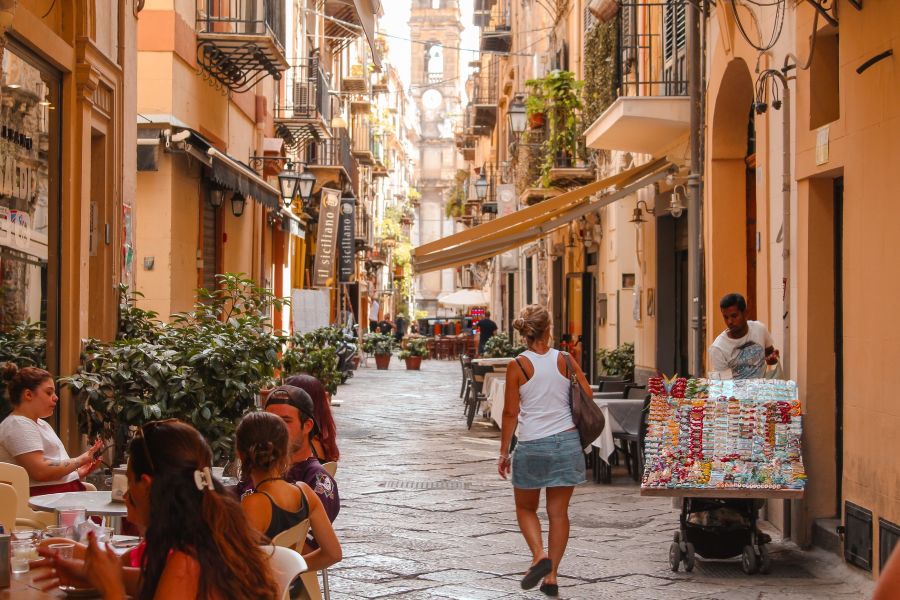
Rent prices run 4% lower in Palermo compared to Messina. A one-bedroom apartment in Palermo’s city center costs around €600 monthly.
Grocery prices in Palermo exceed Messina’s by nearly 17%. Basic food items and household goods cost more in Palermo’s stores.
Restaurant prices show minimal difference between the cities. A meal at a mid-range restaurant costs about €15-20 in both places.
Transportation costs less in Messina. Monthly bus passes cost €35 compared to €45 in Palermo.
Cultural Insights
Both Palermo and Messina reflect Sicily’s rich cultural tapestry through their unique food traditions, lively festivals, and artistic heritage. Each city brings its own special flavor to Sicilian culture.
Culinary Traditions

The street food scene in Palermo ranks among Europe’s best. You’ll find arancini (rice balls) and panelle (chickpea fritters) at bustling markets like Vucciria and Ballarò.
Messina’s cuisine shows strong seafood influences due to its position on the strait. Local specialties include pesce spada alla messinese (swordfish) and pasta con le sarde (pasta with sardines).
Both cities share beloved Sicilian desserts. The cannoli in Palermo feature ricotta from local sheep farms. Messina is famous for its granita, especially the almond and coffee flavors served with warm brioche.
Festivals and Events

Palermo celebrates Santa Rosalia each July with a massive 5-day feast. The streets fill with parades, music, and food stalls during this centuries-old tradition.
Messina’s most distinctive celebration is the Vara festival in August. A huge float carrying religious figures moves through downtown while thousands watch.
Religious processions mark Easter week in both cities. Palermo’s Good Friday procession includes 20 decorated floats. Messina hosts dramatic reenactments of biblical scenes.
Artistic Contributions
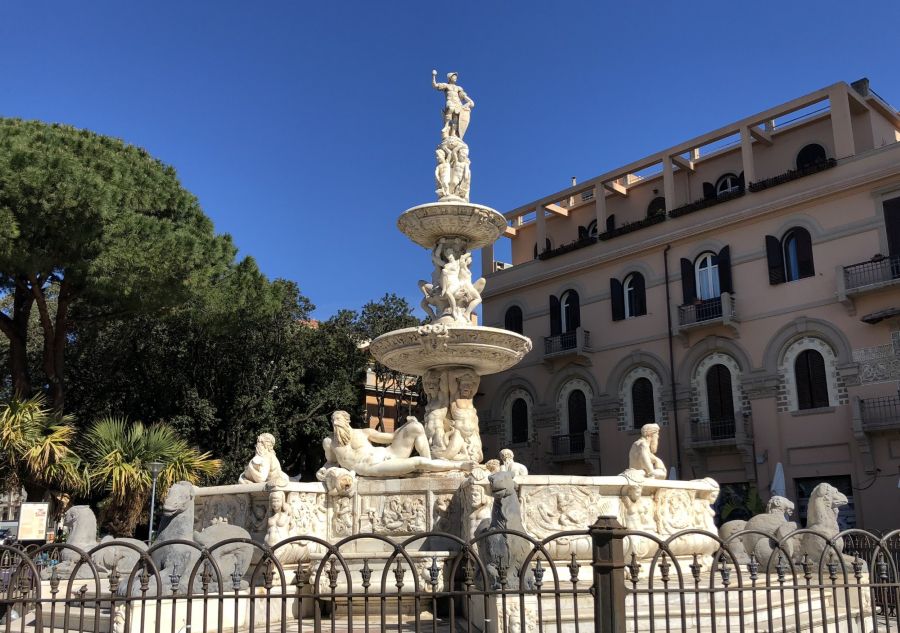
Palermo’s Arab-Norman architecture earned UNESCO status. The Palatine Chapel showcases stunning Byzantine mosaics. The Teatro Massimo opera house represents 19th-century artistic glory.
Messina rebuilt much of its art scene after the 1908 earthquake. The Fontana di Orione remains a Renaissance masterpiece. The city’s Duomo features one of Europe’s largest astronomical clocks.
Street art brings modern creativity to both cities. Palermo’s Kalsa district displays vibrant murals. Messina’s port area hosts rotating exhibitions by local artists.
Transportation Infrastructure
Getting between and around these Sicilian cities involves a mix of trains, buses, and local transit options. Sicily’s infrastructure projects aim to improve connections between major destinations.
Local and Regional Connectivity
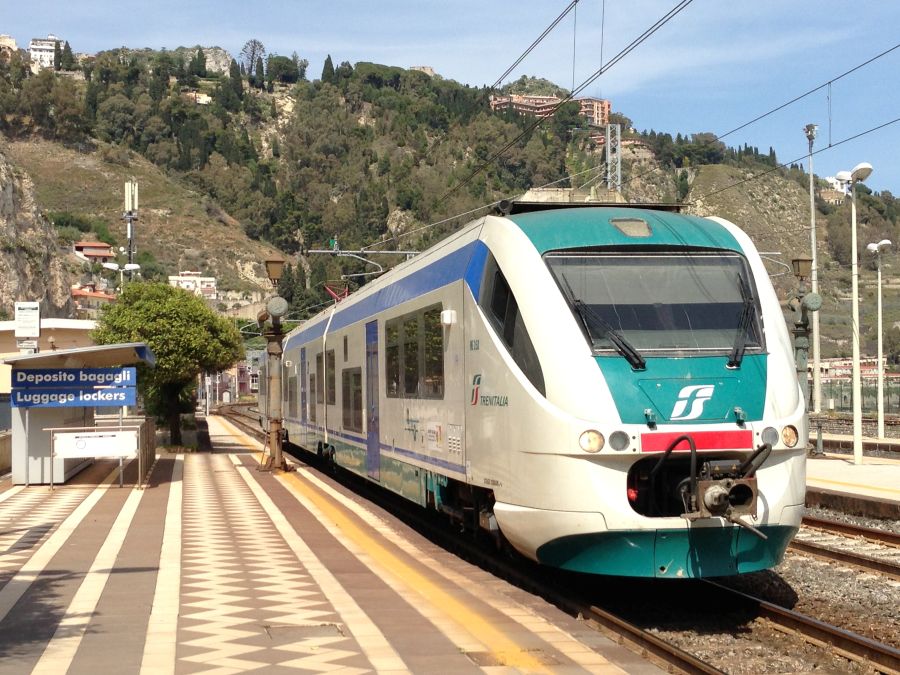
A high-capacity railway project connects Catania, Messina, and Palermo as part of major infrastructure improvements in Sicily. The rail network provides regular service with multiple daily trains running between the cities. Direct trains from Messina to Palermo take about 3 hours.
Cars aren’t needed in either city center. Both Palermo and Messina have good local bus networks for getting around. Messina’s central train station sits next to the port, making transfers simple for cruise visitors and ferry passengers.
Direct Bus Service Between Palermo and Messina
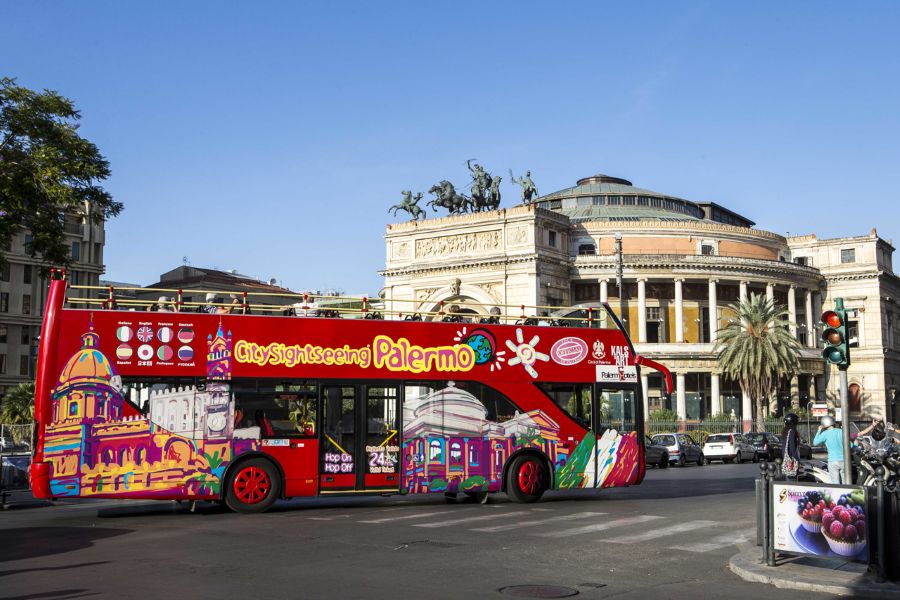
Several bus companies offer daily trips linking these two major Sicilian cities. Cuffaro runs direct bus service with multiple departure times throughout the day. The buses provide a comfortable alternative to trains.
The journey takes around 3-4 hours depending on traffic and stops. Most buses offer air conditioning, WiFi, and storage space for luggage. Advance ticket booking helps secure better rates and guaranteed seats during peak tourist seasons.
Many buses depart from central locations near train stations in both cities. This makes it easy to connect with other forms of transportation.
Sports Rivalry
The rivalry between Palermo and Messina spans the history of Sicilian football, with matches played at their iconic stadiums bringing intense competition between these two historic clubs.
Football Clubs and Fan Bases
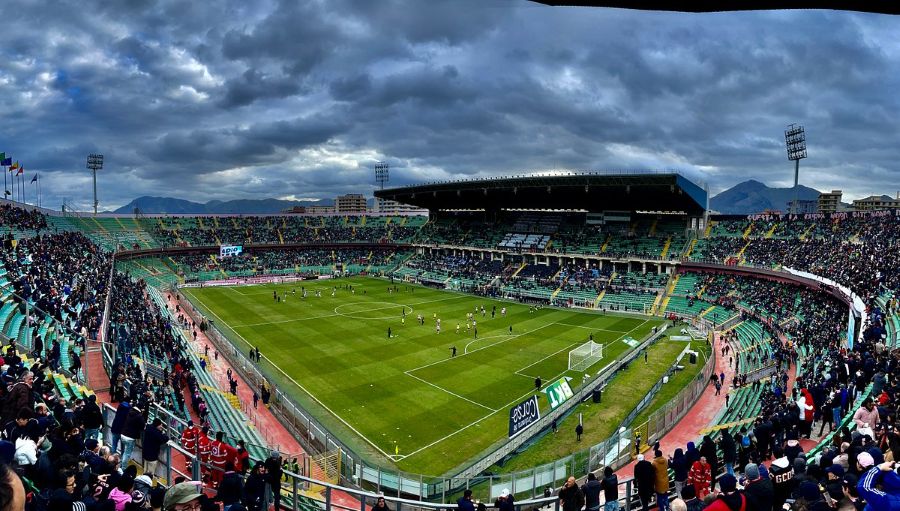
Palermo’s rivalry with Messina is one of Sicily’s oldest football relationships, though it’s less heated than Palermo’s clashes with Catania. The teams have faced each other numerous times in various Italian football divisions.
Fans from both cities bring unique traditions to match days. The Rosanero supporters of Palermo fill the stands with pink and black colors, while Messina’s faithful display their yellow and red with pride.
The teams meet in what’s known as part of the “Derby Siciliano” – though this term is more commonly used for Palermo-Catania matches. Fan groups from both cities travel across the island for these special fixtures.
Stadiums and Facilities
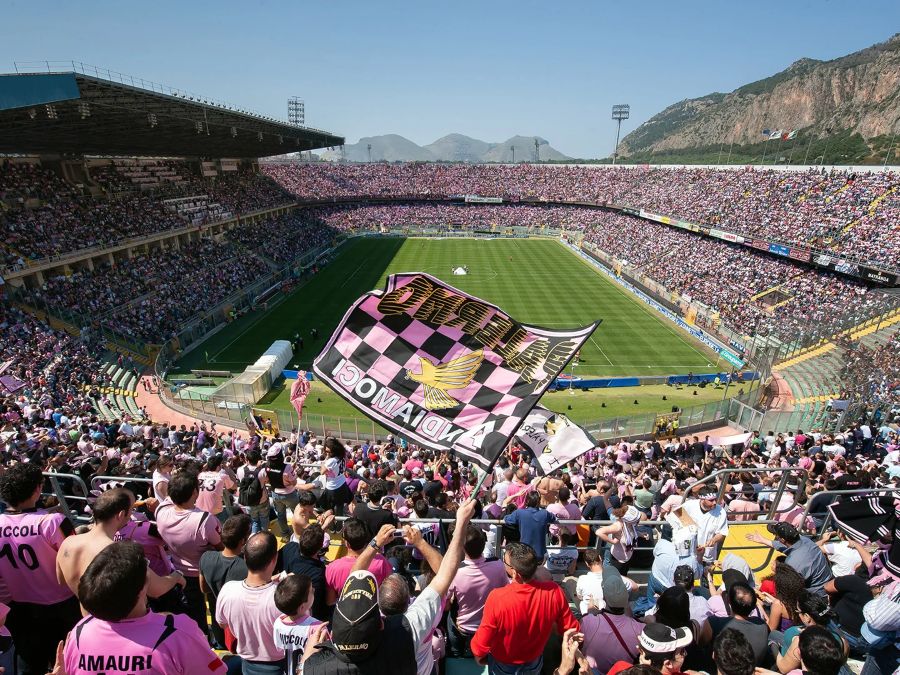
Palermo plays home games at the Renzo Barbera Stadium, a 36,000-capacity venue that opened in 1932. Its steep stands and passionate atmosphere make it one of Sicily’s most intimidating grounds.
Messina’s home stadium, the Stadio San Filippo, holds around 25,000 fans. Both venues have hosted memorable matches between these rivals through the decades.
The stadiums sit about 230 kilometers apart, with fans typically making the journey along Sicily’s eastern coast. Each ground features modern facilities while maintaining their traditional character.
Media and Entertainment
Both Palermo and Messina offer unique entertainment scenes that reflect Sicily’s rich cultural heritage. Each city’s media landscape gives visitors and locals a mix of traditional and modern options.
Broadcasting and Local Channels
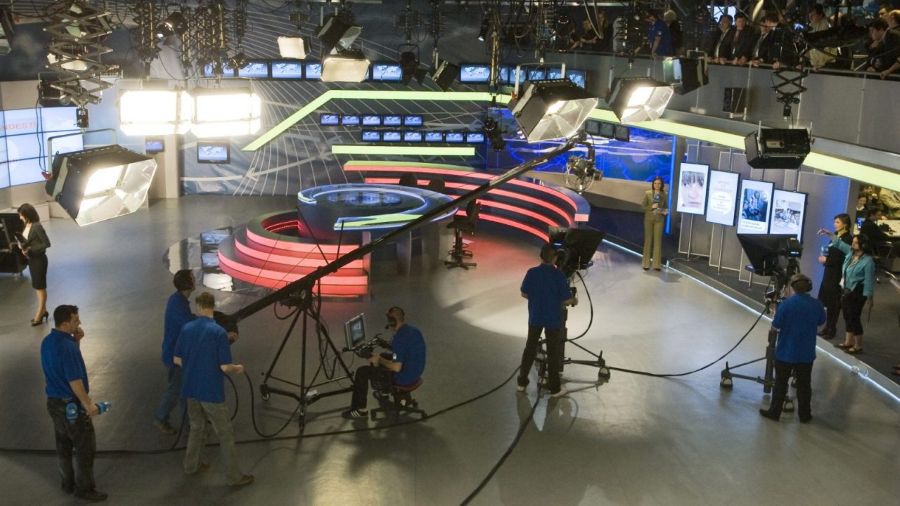
RaiSicilia broadcasts from Palermo, bringing local news and cultural programs to TVs across the region. The city hosts several radio stations like Radio Action and Radio Time that play a blend of Italian hits and Sicilian folk music.
Messina’s media scene is smaller but growing. TRM (Tele Radio Messina) serves as the main local channel, focusing on city news and events. Radio Messina International keeps residents updated with news and music programming.
Several streaming platforms now offer content in both cities. Local shows often feature cooking segments, folk music performances, and coverage of traditional festivals.
Film and Television Productions

Palermo shines as Sicily’s main filming location. Its historic streets and baroque buildings appear in shows like Inspector Montalbano and The White Lotus. The city hosts the annual Palermo Film Festival, drawing filmmakers from across Italy.
Messina’s dramatic strait and coastal scenery attract documentary makers. The city has appeared in several Italian TV dramas and nature shows. Local production companies create content about the area’s maritime history and culture.
Both cities feature in travel shows exploring Sicilian food and culture. Recent streaming series have used their unique architecture and streets as backdrops for historical dramas.
What are the top cultural experiences to look forward to in Palermo?
Street food tours offer tastes of local specialties like arancini and panelle. Food vendors share stories passed down through generations while cooking traditional recipes.
The puppet theater tradition thrives in Palermo’s small workshops. Local artists perform stories of knights and adventures using hand-crafted marionettes.
Local festivals celebrate saints and seasons throughout the year. These events fill streets with music, food, and tradition.
How do the culinary traditions of Messina differ from those in Palermo?
Messina’s cuisine focuses on fresh seafood caught daily in the strait. Local specialties include pesce spada (swordfish) prepared with local citrus and herbs.
The city takes pride in its frozen treat called granita. This icy dessert comes in unique flavors like coffee with whipped cream.
Which of the two cities, Palermo or Messina, offers a more authentic Sicilian atmosphere?
Palermo maintains strong ties to its multicultural past. The mix of Norman, Arab, and Italian influences creates a unique urban environment.
Streets in Palermo’s old town tell stories through architecture, food, and daily life. Markets and churches sit side by side, just as they have for centuries.
Messina offers a quieter, more laid-back version of Sicilian life. Its seaside location shapes the city’s character and pace.
In terms of accessibility and public transport, how do Palermo and Messina compare?
Palermo offers extensive public transportation options. Buses and trams connect major attractions, while walking works well in the historic center.
The central train station links Palermo to other Sicilian cities. Regular ferry services connect to mainland Italy and nearby islands.
Messina serves as a major transport hub for Sicily. Trains and ferries make it easy to reach mainland Italy or travel along the coast.

